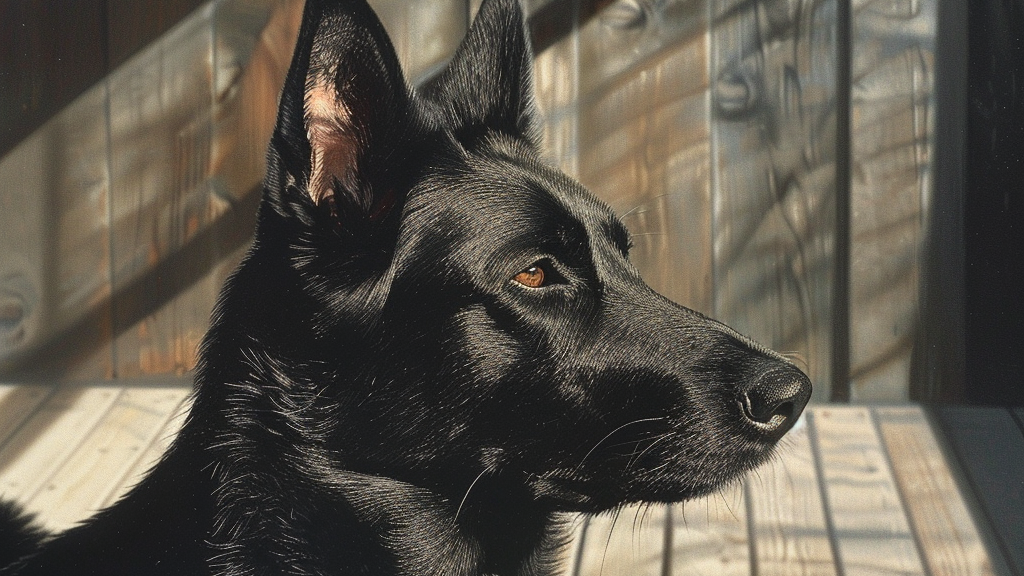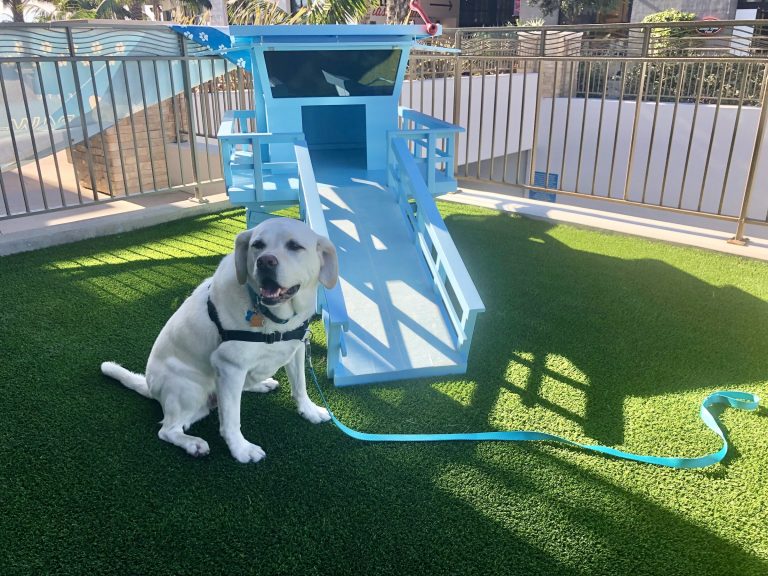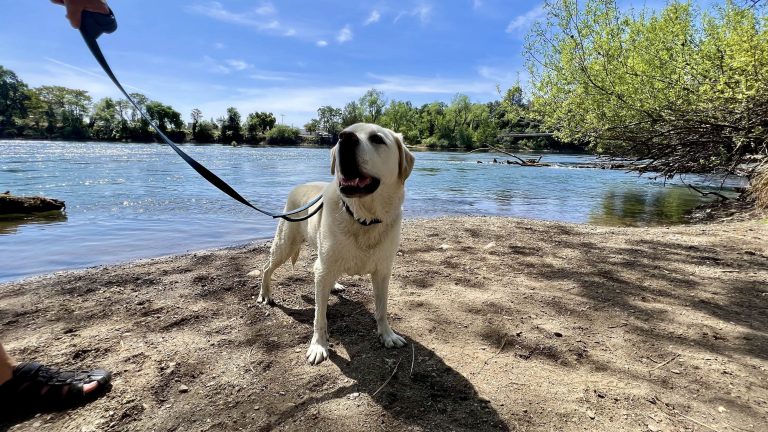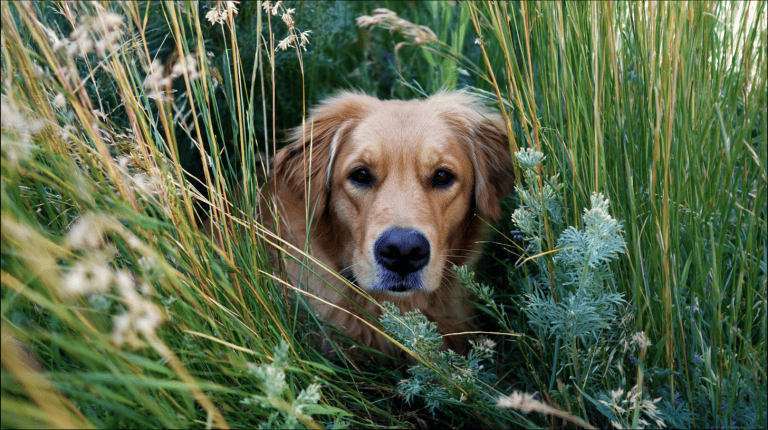Q: My big black German Shepherd likes to sit spreadeagled on our deck on hot days and bask in the sun. He’s a smart dog, but is he smart enough to know when to get out of the hot sun?
A: Your big black German Shepherd sounds like quite the character! While many dogs enjoy soaking up the sun, they don’t always know when they’ve had enough. Dogs can easily overheat, especially on hot days, which can lead to heatstroke.
Tips to keep your dog safe
Provide shade: Ensure there’s a shady spot on the deck where he can retreat when he gets too hot.
Stay hydrated: Always have fresh, cool water available for him to drink.
Limit sun time: Monitor the amount of time he spends in direct sunlight, especially during peak hours (10 a.m. to 4 p.m.).
Check for signs of overheating: Watch for excessive panting, drooling, weakness, or agitation. If you notice any of these signs, get him to a cooler spot immediately and offer water.
It’s great that he enjoys the sun, but a little supervision can go a long way in keeping him safe and healthy. If you ever have any concerns or notice unusual behavior, don’t hesitate to reach out to your vet.
Q: I had a dog who used to sit on the floor heater grill and bake. It turned out she had thyroid issues.
A: Dogs often seek warmth for comfort, but if they’re constantly seeking out heat sources like floor heaters, it can sometimes indicate an underlying health issue, like thyroid problems. Hypothyroidism, which is common in dogs, can cause symptoms like:
- Increased sensitivity to cold
- Lethargy
- Weight gain
- Skin and coat changes
If you notice your dog frequently seeking excessive warmth or exhibiting other unusual behaviors, it’s a good idea to have a vet check them out. Regular vet visits and blood tests can help catch and manage thyroid issues early. If you ever have any concerns about your current dog’s behavior or health, don’t hesitate to consult your veterinarian. They can provide the best advice and care for your furry friend.
Q: I know dogs pant to cool themselves and don’t sweat like we do. If they overheat, will hosing them down help?
A: Yes, hosing your dog down with cool (not cold) water can definitely help if they are overheating. Here are some steps you can take if you suspect your dog is overheating:
Move to a cool area: Get your dog out of the sun and into a shaded or air-conditioned area.
Cool water: Use cool water to wet your dog down. You can hose them down or use wet towels. Focus on areas with less fur, such as the belly, paws, and inside of the ears.
Offer water: Provide cool drinking water, but don’t force them to drink.
Monitor temperature: If you have a thermometer, you can check your dog’s temperature. Normal body temperature for dogs is between 101°F and 102.5°F. If it rises above 104°F, it’s an emergency.
Remember, if your dog shows signs of severe heatstroke (excessive panting, drooling, vomiting, diarrhea, confusion, or collapse), seek veterinary care immediately. Cooling them down on the way to the vet can help, but professional treatment is crucial.










